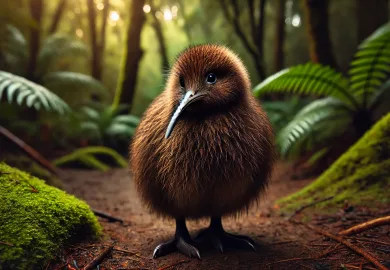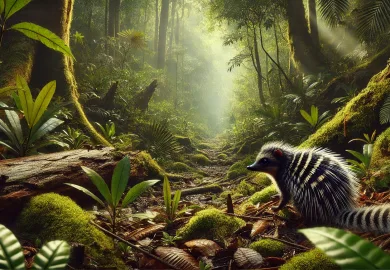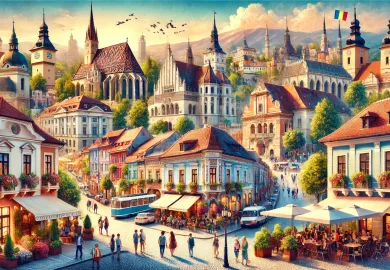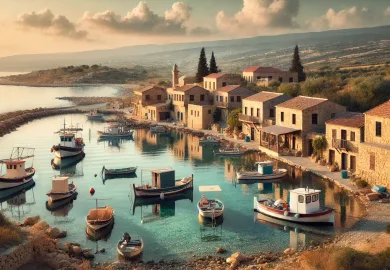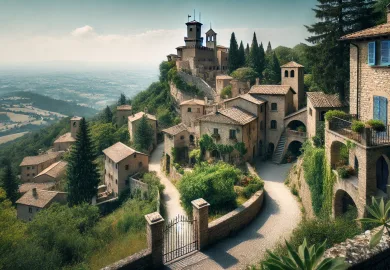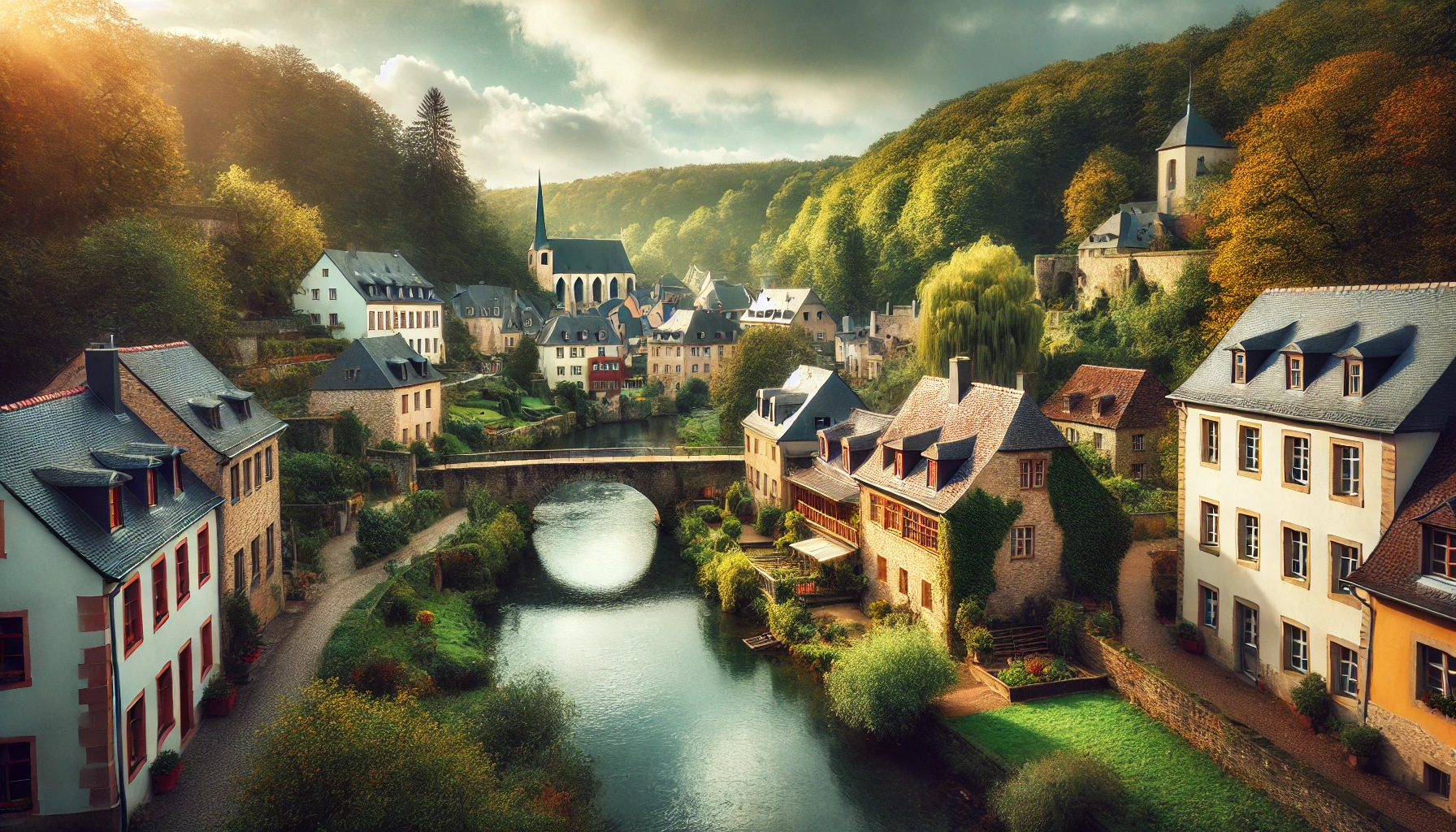
Luxembourg, a tiny yet enchanting country in the heart of Europe, is often overlooked by travelers in favor of its more famous neighbors. However, those who venture into its hidden corners are rewarded with stunning landscapes, charming villages, and a rich tapestry of history and culture. In this article, we’ll unveil some of Luxembourg’s unseen travel gems that promise to leave you spellbound. From off-the-beaten-path natural wonders to cultural treasures, let’s dive into the lesser-known delights that this beautiful nation has to offer.
The Enchanted Mullerthal Region: Luxembourg’s Little Switzerland
Nestled in the eastern part of Luxembourg, the Mullerthal Region, also known as “Luxembourg’s Little Switzerland,” is a breathtaking landscape that remains largely unexplored by mainstream tourists. This area is characterized by its unique rock formations, dense forests, and serene rivers that weave through the valleys.
The Mullerthal Trail, a well-marked hiking path, is the perfect way to experience this region’s beauty. The trail stretches for about 112 kilometers and offers a variety of routes suitable for all levels of hikers. Along the way, you’ll encounter enchanting waterfalls, moss-covered boulders, and panoramic views that seem straight out of a fairy tale.
What makes the Mullerthal Region even more special are the hidden caves and rock formations like the Hohllay Cave and Schiessentümpel Waterfall. These natural wonders are not only visually stunning but also carry a mystical aura that adds to the region’s charm. Whether you’re a nature lover or a photography enthusiast, this area is a must-visit.
Esch-sur-Sûre: A Medieval Village Frozen in Time
Tucked away in the Oesling region, the village of Esch-sur-Sûre is one of Luxembourg’s most picturesque and historically rich destinations. This tiny village, surrounded by a dramatic loop of the Sauer River, is dominated by the ruins of an ancient castle that dates back to the 10th century.
Strolling through the narrow cobblestone streets of Esch-sur-Sûre feels like stepping back in time. The medieval architecture, stone houses, and serene atmosphere make it a perfect escape from the hustle and bustle of modern life. The village is relatively untouched by commercial tourism, preserving its authenticity and old-world charm.
In addition to its historical allure, Esch-sur-Sûre is a gateway to the Upper Sûre Natural Park, where outdoor enthusiasts can enjoy activities like hiking, cycling, and water sports on the Lac de la Haute-Sûre. This hidden gem offers a perfect blend of cultural heritage and natural beauty, making it a must-see for those exploring Luxembourg’s unseen treasures.
Beaufort Castle: A Glimpse into Luxembourg’s Past
While Luxembourg is dotted with castles, the Beaufort Castle stands out as one of the most intriguing and lesser-known historical sites. Located in the eastern part of the country, this castle complex includes a medieval fortress and a Renaissance chateau, each telling a different story of the region’s rich past.
The medieval castle of Beaufort dates back to the 11th century and is partially in ruins, but it still exudes an aura of mystery and grandeur. Visitors can explore the ancient dungeons, stone staircases, and defensive walls that once protected the castle from invaders. The adjacent Renaissance chateau offers a glimpse into the more refined and elegant lifestyle of the 17th century.
One of the highlights of visiting Beaufort Castle is tasting the local Cassis liqueur, made from blackcurrants grown on the estate. This traditional beverage adds a unique touch to the experience, making your visit not just a journey through history but also a delight for the senses.
Clervaux: The Photogenic Heart of Luxembourg’s Ardennes
The town of Clervaux is a hidden gem nestled in the heart of the Luxembourg Ardennes. Known for its stunning landscapes and architectural wonders, Clervaux is a place where history, culture, and natural beauty come together in perfect harmony.
At the center of Clervaux lies the impressive Clervaux Castle, which houses three significant museums, including the Family of Man photography exhibition curated by Edward Steichen. This UNESCO-listed exhibit is a must-see for photography enthusiasts, showcasing powerful images that celebrate human life and unity.
Surrounded by lush forests and rolling hills, Clervaux also offers some of the best hiking trails in Luxembourg. The Our Nature Park, located nearby, is ideal for outdoor activities and wildlife spotting. With its rich cultural heritage and captivating natural scenery, Clervaux is undoubtedly one of the most photogenic destinations in Luxembourg.
Conclusion
Luxembourg may be small in size, but it is brimming with unseen travel gems that offer a unique blend of history, culture, and natural beauty. From the mystical landscapes of the Mullerthal Region to the medieval charm of Esch-sur-Sûre, the captivating Beaufort Castle, and the photogenic town of Clervaux, this country promises an unforgettable journey for those willing to explore its hidden corners. So, pack your bags and set off to discover the untold treasures of Luxembourg that await beyond the typical tourist trails.


